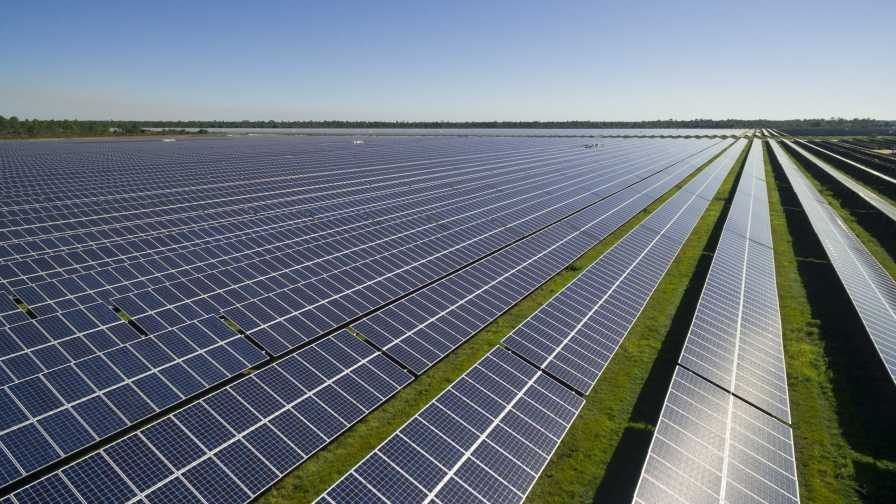LOW-COST PEROVSKITE SOLAR CELLS

Copyright infringement not intended
Context: Indian scientists have made a breakthrough in developing low-cost and highly stable Carbon-based perovskite solar cells that can withstand high temperatures and moisture levels. This is the first indigenous perovskite-powered niche product developed in India and it has the potential to revolutionize the field of stable perovskite solar cells.
Details
- Solar energy is one of the most promising sources of renewable energy for the world, especially for a country like India which has abundant sunshine. However, conventional solar cells have some limitations, such as high cost, low efficiency, and environmental impact. That is why researchers are exploring new ways to harness the power of the sun using perovskite solar cells (PSCs).
Perovskites
- Perovskites are a class of materials that have a unique crystal structure and can absorb light efficiently. They can be made from low-cost and abundant materials, such as carbon, and can be fabricated using simple methods, such as printing or coating. PSCs have shown remarkable potential to achieve high efficiency and low cost in solar energy conversion.
- However, PSCs also face some challenges, such as degradation and instability when exposed to heat, moisture, light, and other environmental factors. This affects their performance and durability and prevents their large-scale commercialization.
- To overcome this problem, Indian scientists have developed a novel type of PSC that uses carbon as the electrode material instead of metal.
- Carbon-based perovskite solar cells (CPSCs) have several advantages over conventional PSCs, such as:
- They are more stable and resistant to degradation under harsh conditions.
- They are cheaper and easier to fabricate, as they do not require expensive metals or vacuum equipment.
- They are more environmentally friendly, as they do not contain toxic elements or generate waste.
This is the first indigenous perovskite-powered niche product developed in India and can pave the way for futuristic stable perovskite solar cells.
More about the research
- Carbon-based perovskite solar cells (CPSCs) were developed by a team of researchers from the Indian Institute of Technology (IIT) Bombay. The team used a novel technique to synthesize carbon nanotubes (CNTs) and graphene oxide (GO) nanosheets, which were then mixed with perovskite materials to form a composite film. The film was then coated on a glass substrate to form the CPSC.
- The research was funded by the Department of Science and Technology (DST) under the Nanomission program.
- The CPSCs showed excellent stability under various conditions, such as high temperature, humidity, light exposure, and mechanical stress. They also exhibited good efficiency of about 10%, which is comparable to conventional PSCs.
- The CPSCs can be used for various applications, such as building-integrated photovoltaics (BIPV), wearable electronics, sensors, and lighting devices.
Conclusion
- The CPSCs are a significant achievement for India in the field of perovskite solar technology. They demonstrate the potential of indigenous innovation and scientific excellence to address global challenges and create sustainable solutions.
Must-Read Articles:
PEROVSKITE: https://www.iasgyan.in/daily-current-affairs/perovskite
SOLAR ENERGY IN INDIA: https://www.iasgyan.in/daily-current-affairs/solar-energy-in-india
|
PRACTICE QUESTION Q. Solar energy is one of the most promising sources of renewable energy for India. However, the development and deployment of solar energy in India also pose several challenges. How can India overcome these challenges and harness the potential of solar energy for its economic growth and climate action? What are the benefits and risks of solar energy for India's energy security, rural development, and global leadership? |




1.png)
